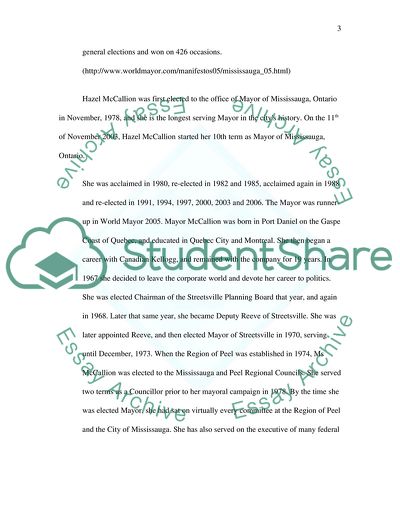Cite this document
(Electing Women in Ontario Essay Example | Topics and Well Written Essays - 2500 words - 1, n.d.)
Electing Women in Ontario Essay Example | Topics and Well Written Essays - 2500 words - 1. https://studentshare.org/politics/1714635-ontarios-recod-on-electing-women
Electing Women in Ontario Essay Example | Topics and Well Written Essays - 2500 words - 1. https://studentshare.org/politics/1714635-ontarios-recod-on-electing-women
(Electing Women in Ontario Essay Example | Topics and Well Written Essays - 2500 Words - 1)
Electing Women in Ontario Essay Example | Topics and Well Written Essays - 2500 Words - 1. https://studentshare.org/politics/1714635-ontarios-recod-on-electing-women.
Electing Women in Ontario Essay Example | Topics and Well Written Essays - 2500 Words - 1. https://studentshare.org/politics/1714635-ontarios-recod-on-electing-women.
“Electing Women in Ontario Essay Example | Topics and Well Written Essays - 2500 Words - 1”. https://studentshare.org/politics/1714635-ontarios-recod-on-electing-women.


